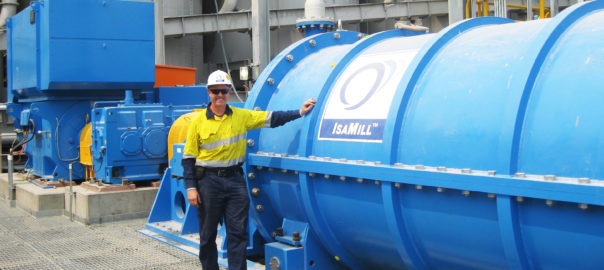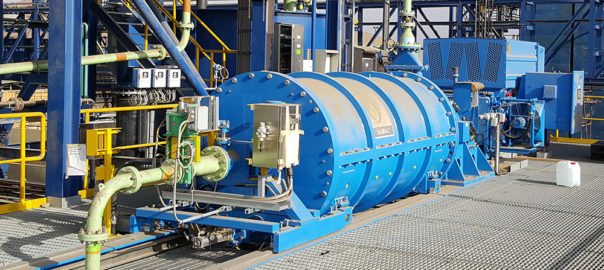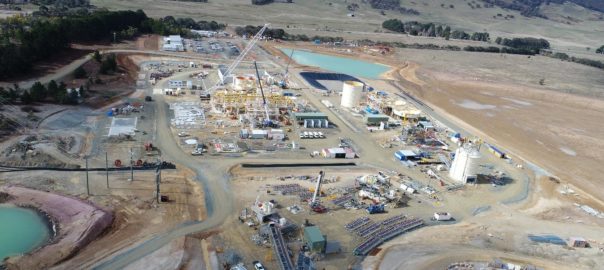Glencore Technology has announced what it says is an important formalisation and commitment with Global PAM to deliver services to clients of IsaMill™ technology throughout North America.
Global PAM has significant capabilities in technology commissioning and asset management, according to Glencore Technology.
The company will support Glencore Technology through the installation, commissioning and service of its fine-grinding technology, IsaMill, predominantly in the US and Canada.
Glencore Technology says it has had a long-term relationship with Global PAM and some of the company’s key team members, but elevating to a formal commitment is seen by the company as providing its clients in the region with an alliance partner that is trusted.
Servicing IsaMill for three years, Global PAM has worked with Glencore Technology on installations in Corbin, Teck and Las Bambas operations.
The company has significant experience in stirred mills, SAG and ball mills and is widely respected as a general mill maintenance specialist, according to Glencore Technology.
IsaMill is seeing significant growth in North America, so Glencore Technology is keen to see clients receive
maintenance services from a local and respected provider, it said.
Mike Hourn, Glencore Technology’s General Manager – Business Development, said: “Glencore Technology has had a long-term relationship with Global PAM, and we want to extend this to our IsaMill clients in the region. It gives our clients a highly skilled partner we can trust and who shares our values.”
Tom Shumka, President of Global PAM, said: “We have solid experience in providing a complete mechanical mill inspection of IsaMill applications and we’re extremely impressed with the technology. We’ve delivered full installation and commissioning support throughout all stages of the equipment. So this formalisation is a natural progression for us.”
Global PAM intends to deliver maintenance and operational training for IsaMill applications as well as continuous improvement solutions to allow for improved operations of the fine grinding circuit, adding to its service, engineering and aftermarket scope.











